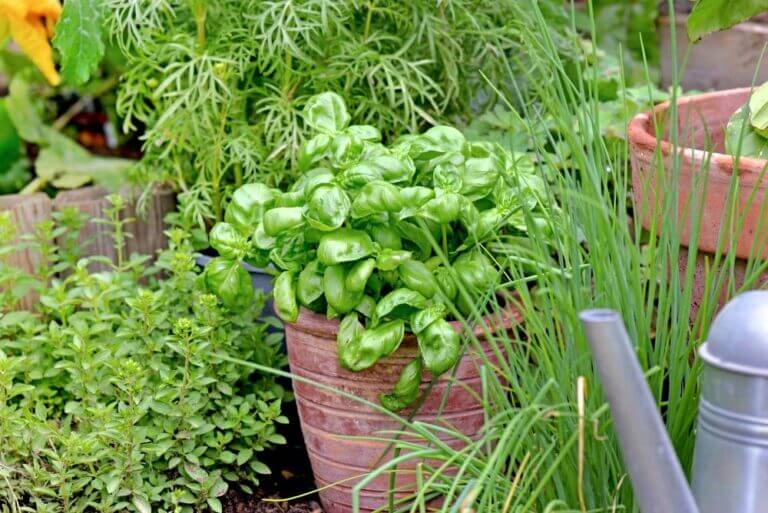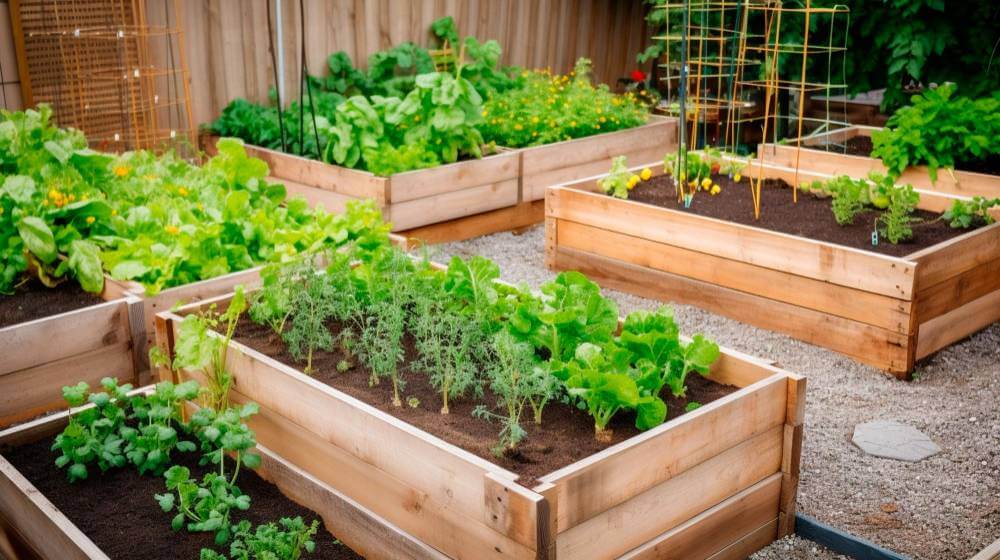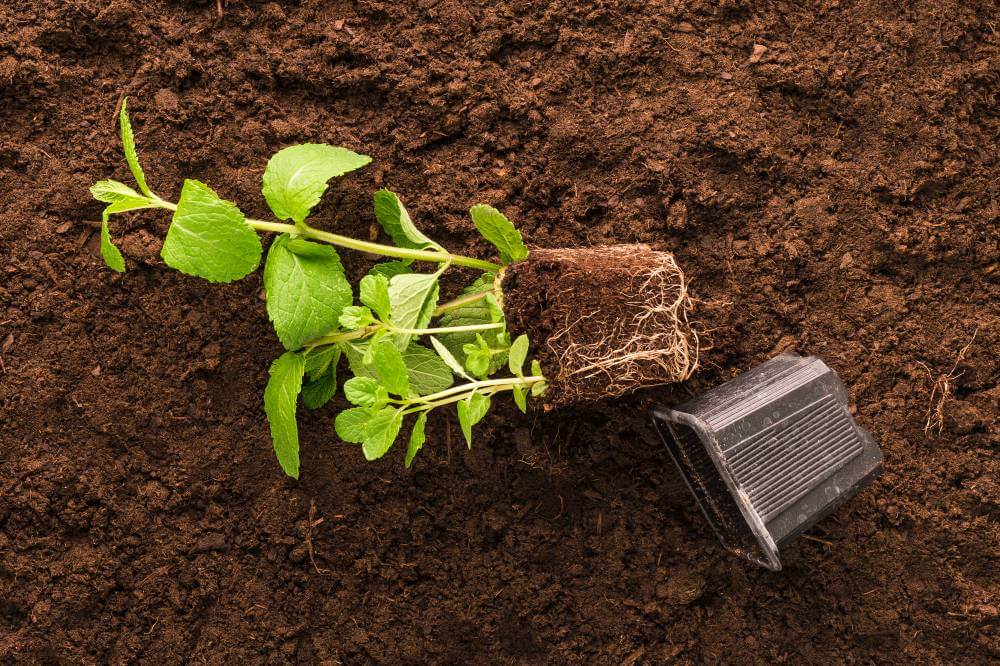Hello everyone! Today, I’m diving into a topic that’s close to every gardener’s heart: herb pairing faux pas. Join me as we unravel the mysteries of which herbs just don’t play nice together and learn how to avoid these common mistakes to cultivate a thriving herb garden.
The Importance of Herb Pairing Harmony
Picture this: you’ve lovingly tended to your herb garden, nurturing each plant with care and attention. But despite your best efforts, some herbs seem to languish while others thrive. Could it be that you’ve unwittingly planted incompatible herbs together? Believe it or not, herb pairing harmony is crucial for optimal growth and flavor. By avoiding incompatible combinations, you can maximize the health and productivity of your herb garden.
Understanding Herb Compatibility: The Dos and Don’ts
When it comes to herb pairing, not all combinations are created equal. Some herbs are natural allies, enhancing each other’s flavor and repelling pests, while others can clash, stunting growth and compromising flavor. It’s essential to understand which herbs should not be planted together to avoid inadvertently sabotaging your garden’s success.
Don’t Mix Mediterranean and Moist-Loving Herbs: Mediterranean herbs like rosemary, thyme, and oregano thrive in dry, sunny conditions, while moisture-loving herbs such as mint, parsley, and cilantro prefer cooler, more shaded environments. Planting these herbs together can lead to unequal competition for sunlight and water, resulting in stunted growth and unhappy plants.
Avoid Combining Invasive and Delicate Herbs: Some herbs, like mint and lemon balm, have a reputation for spreading rapidly and dominating their surroundings. Planting these invasive herbs alongside delicate varieties like chives or basil can spell disaster for the latter, as they may struggle to compete for resources and space.
Watch Out for Allelopathic Herbs: Certain herbs, such as fennel and dill, release allelopathic compounds that can inhibit the growth of neighboring plants. Planting these herbs alongside sensitive varieties like carrots or peppers can hinder their development and compromise overall garden productivity.
Consider Growth Habits and Spacing Needs: Herbs come in all shapes and sizes, from sprawling ground covers to towering shrubs. When planning your herb garden, take into account the growth habits and spacing needs of each herb to ensure they have room to thrive without overcrowding or shading out their neighbors.
By being mindful of these problem categories when mixing herbs, you can avoid common pitfalls and create a harmonious herb garden that flourishes year-round.
Common Herb Pairing Pitfalls: Learn from My Mistakes
Ah, the joys of trial and error in the garden! As a seasoned herb enthusiast, I’ve had my fair share of planting mishaps. Let me share a few cautionary tales to help you steer clear of common herb-pairing pitfalls.
The Mint Debacle: Early in my gardening journey, I made the mistake of planting mint alongside my prized basil plants. Little did I know, mint’s aggressive spreading habit would quickly overtake the basil, leaving it struggling to survive in the shadow of its minty neighbor. Lesson learned: keep mint in its own corner of the garden to prevent it from wreaking havoc on more delicate herbs.
The Rosemary Fiasco: On another occasion, I attempted to pair rosemary with cilantro in a misguided attempt at culinary diversity. Alas, the rosemary’s thirst for sunlight and well-drained soil proved too much for the moisture-loving cilantro, which wilted under the relentless sun. Note to self: when it comes to herb pairing, compatibility trumps culinary experimentation.
Herb Pairing Success Stories: Finding the Perfect Matches
But fear not, dear readers, for not all herb-pairing tales end in tragedy. Allow me to share a few success stories from my own garden, where the stars aligned to create perfect herb pairings.
Lemon Balm and Bee Balm: These two balms not only share a name but also thrive together, creating a haven for beneficial insects like bees and butterflies. Lemon balm’s citrusy aroma attracts pollinators, while bee balm’s vibrant flowers provide nectar and pollen for them to feast upon. Together, they form a bustling ecosystem where herbaceous fragrances mingle with the hum of busy wings, promoting biodiversity and garden health.
Thyme and Lavender: In the aromatic realm of herbs, few pairings are as complementary as thyme and lavender. Thyme’s low-growing habit provides ground cover, suppressing weed growth and conserving soil moisture for the lavender. Meanwhile, lavender’s fragrant blooms attract pollinators and repel pests like mosquitoes and moths, creating a sanctuary for beneficial insects. Together, they form a tranquil oasis where beauty and functionality converge, inviting you to unwind and immerse yourself in the sensory delights of the garden.
Rosemary and Sage: For a garden bed that exudes culinary flair, look no further than the pairing of rosemary and sage. Rosemary’s robust aroma adds depth to savory dishes and provides natural pest-repellent properties, protecting delicate sage leaves from herbivorous pests. Meanwhile, sage’s earthy flavor complements rosemary’s boldness, creating a harmonious blend that’s perfect for seasoning meats, soups, and stews. Planted together, rosemary and sage form a dynamic duo that elevates your culinary creations to new heights of flavor and sophistication.
In Summary: Navigating the World of Herb Pairing
As we’ve learned, the world of herb pairing is a nuanced one, filled with potential pitfalls and unexpected successes. By understanding which herbs should not be planted together and embracing compatible combinations, you can cultivate a vibrant herb garden that thrives year-round.
So go ahead, let your creativity flourish, and watch as your garden blooms with vitality and flavor. Happy growing!
Ready to dive deeper into the wonderful world of gardening and discover more tips, tricks, and inspiration? Check out my other blog posts for even more green-thumb goodness.







